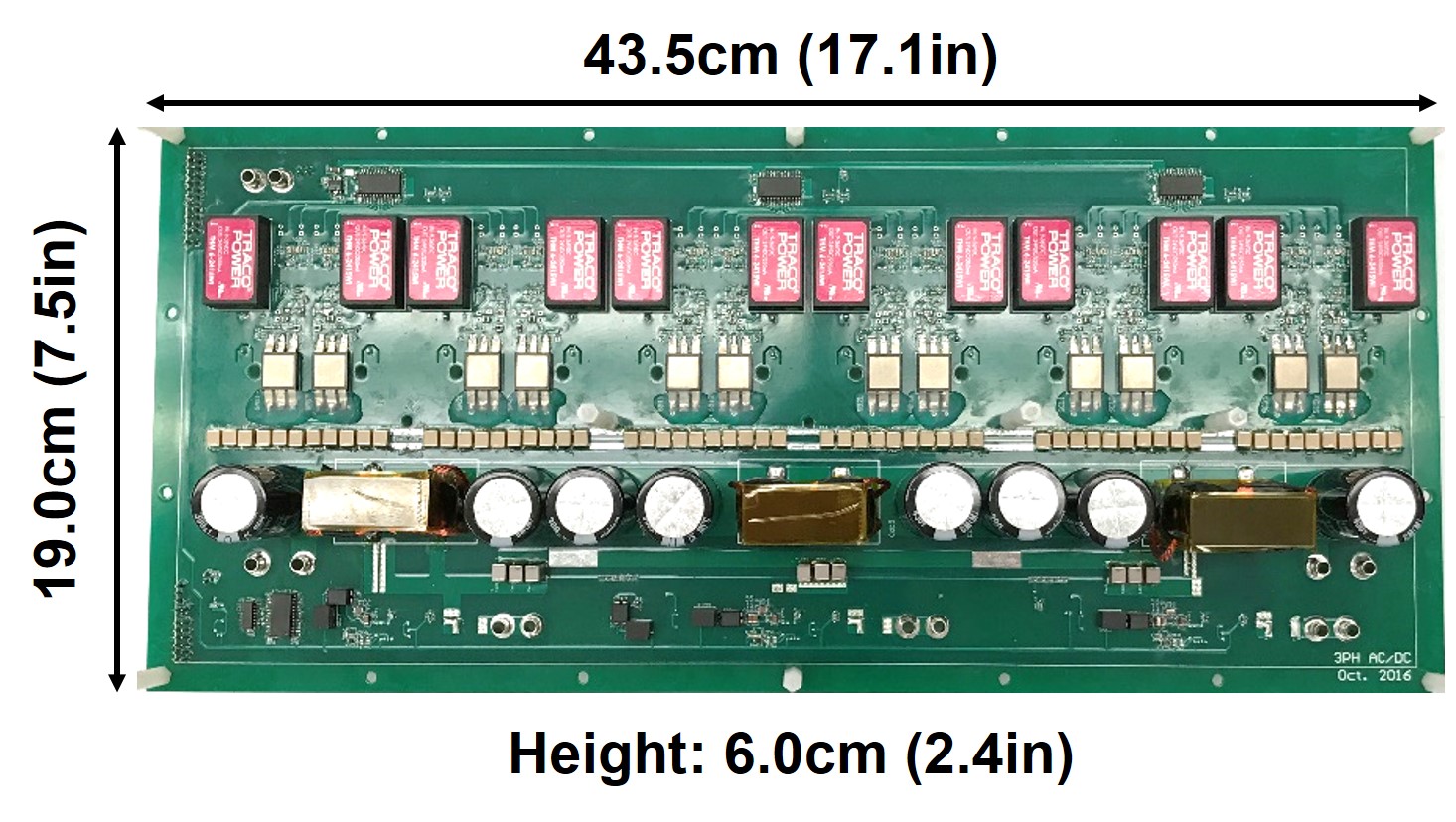LIBRARY
Critical Mode-Based Soft Switching Modulation for Three-Phase Rectifiers

In order to achieve independent CRM control and ZVS soft switching in three-phase ac-dc systems, additional components and connections are required, increasing the physical complexity of the system and rendering the performance inadequate at high frequency design. Therefore, a novel critical mode-based soft switching modulation has been is proposed in previous work on a bidirectional three-phase ac-dc converters, as demonstrated in Fig. 1. In this modulation, CRM operation with ZVS soft switching is still the foundation of discontinuous pulse width modulation, adopted to enable independent CRM control. Switching frequency synchronization is then implemented by discontinuous conduction mode operation, and is applied to limit the switching frequency variation range. In addition, two-channel interleaving in all three phases is applied to overcome the drawback of the large current ripple brought by the CRM operation. With the proposed modulation, the switching frequency range is 300 kHz ~ 500 kHz at full load, and the total device loss is about 0.5 percent of total power by simulation.
When this modulation is applied to rectifier mode operation, there are two issues. First, ZVS soft switching cannot be naturally achieved in rectifier mode operation. Off-time extension is required to achieve ZVS in the whole line cycle in rectifier mode. Secondly, sub-harmonic oscillation exists in the interleaved rectifier mode operation. The negative coupling between the two individual inductors in each phase is required to eliminate the sub-harmonic oscillation and achieve stable operation.
A 25 kW silicon carbide (SiC)-based three-phase bidirectional ac-dc converter prototype is built as shown in Fig. 1. This prototype is designed to operate at above 300 kHz switching frequency with the proposed modulation, achieving 81 W/in3 power density and 99 percent peak efficiency in inverter mode operation. Since the control is similar in both inverter mode and rectifier mode operation, 99 percent peak efficiency can be expected in rectifier mode operation.
Fig. 2 shows the experiment switching cycle waveforms at two arbitrarily selected instances in non-interleaved rectifier mode during CRM operation. It can be seen in this scenario that ZVS soft switching is achieved.






















































































